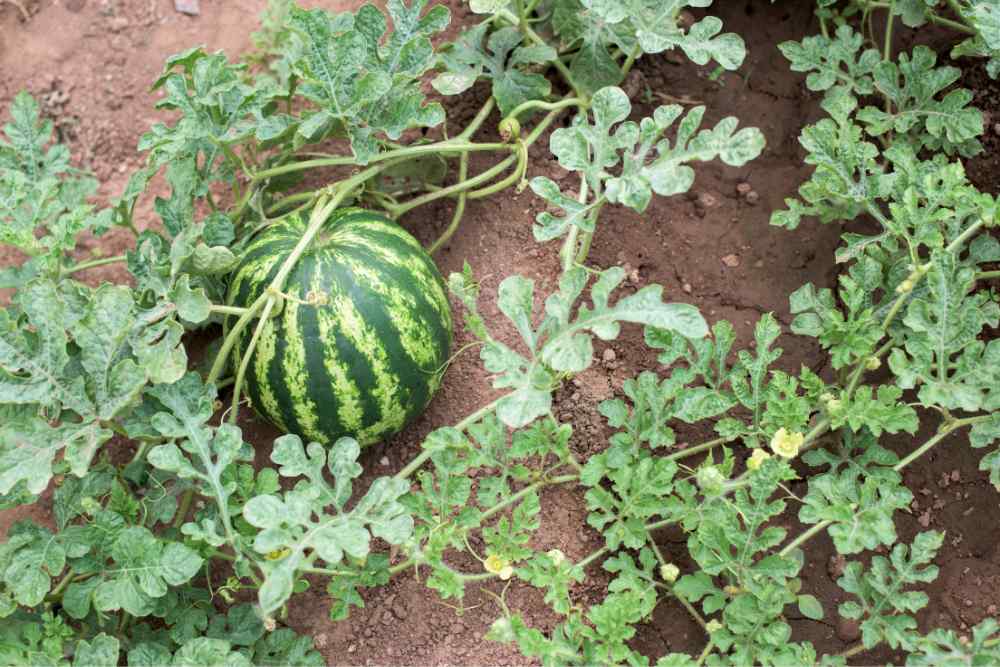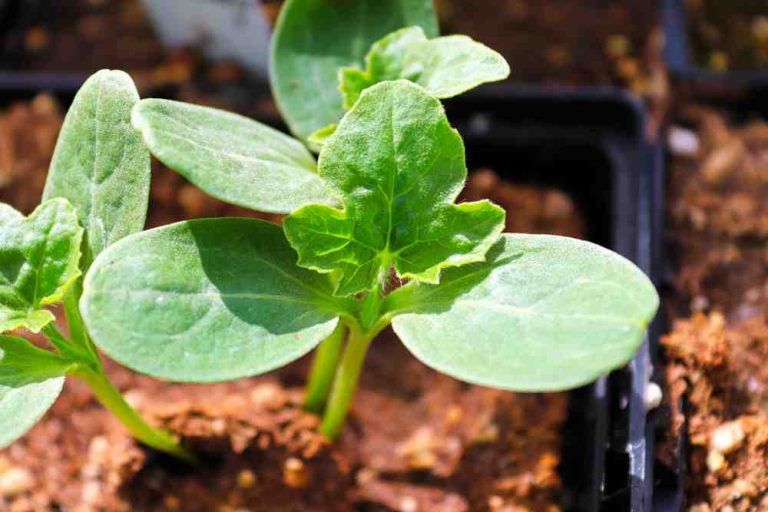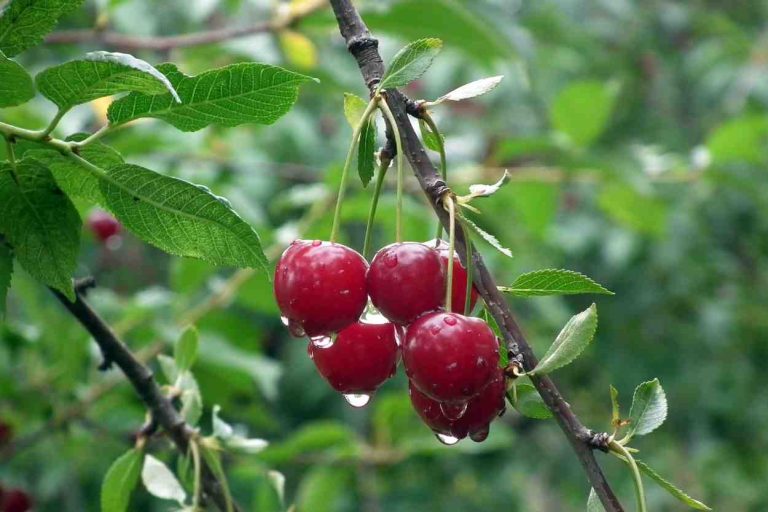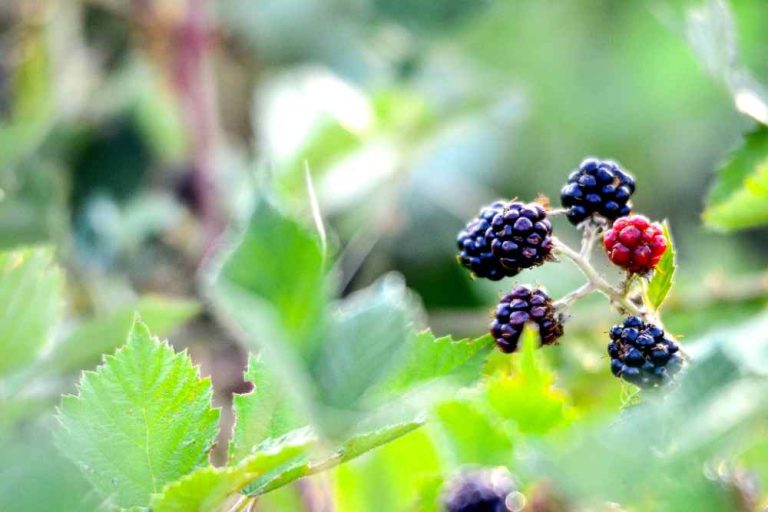Melon Fertilizer Requirements for a Bountiful Harvest
Watermelon growing could be challenging, but if you have been aware of melon fertilizer requirements, the right conditions, and attention, gardeners may enjoy abundant rewards. Watermelon is a tender annual fruiting vine of the cucurbit family, which also includes cucumbers, pumpkins, squash, and muskmelons. It’s the perfect fruit for the summer, making you think of picnics and backyard cookouts.
The ideal watermelon growing conditions include sunny areas with temperatures between 77 and 85 degrees Fahrenheit, warm loamy soil, and a pH of 6.5 to 7.5. The plant’s large, sweeping vines need plenty of space to spread out so they don’t overtake surrounding vegetation. Due to their long growing season, most plants require 80 to 100 days from seed to fruit. A quality harvest of watermelons depends on using the right fertilizer.
Ideal N-P-K Ratio
As you may already know, all plants require macro and micronutrients. The three main macronutrients are N, P, and K; thus, you should always read labels to determine the N, P, and K ratio.
After the melons have started to set, high nitrogen fertilizers may cause excessive foliage growth rather than melon development. This will feed the vine instead of the fruit. Throughout the life of your plant, an N-P-K ratio of around 1-1-1 (such as 10-10-10 or 14-14-14) can be employed.
If you are using a fertilizer with a higher nitrogen content, be sure to switch to a more balanced one when your melon sets.
Fertilizing Before Planting
Start preparing your garden plot with organic materials, such as compost and manure, several weeks before planting to give the soil time to absorb the materials. Then, mix the ingredients into the soil with a rototiller or spade after spreading a 2-inch layer of rotted manure or a 2- to 4-inch layer of compost over the garden bed. A full fertilizer with all three components should be used if you’re using an inorganic product.
Growing Melon
Throughout its life cycle, fertilize it three times.
- Before you sow your seed or transplant your seedling.
- When the vines start to spread out.
- When the fruits have matured.
If you’re using granular fertilizer, be sure it doesn’t come into contact with the leaves. The leaves are fragile and can be injured if they come into contact with fertilizer. After application, be sure to thoroughly hydrate the soil so that the roots can absorb the nutrients.
Before planting or transplanting, a soil test is the best way to determine how and with what kind of fertilizer you will nourish watermelon plants. Applying 5-10-10 at a rate of 7 kg is advised without a soil test per 500 feet. To lower the chance of nitrogen burn, thoroughly incorporate the fertilizer into the top 6 inches (15 cm) of soil. It will also guarantee strong vines and fruit if you add compost-rich soil at the beginning of planting.
Compost enhances soil structure, supplies micronutrients, and promotes water retention. Before seeds are sowed or watermelons are transplanted, the top 6 inches (15 cm) of soil should be treated with 4 inches (10 cm) of well-aged compost.
Mulching the area close to the watermelon plants will aid in soil moisture retention, inhibit the development of weeds, and gradually add organic matter rich in nitrogen as it decomposes. Next, create a layer of 3 to 4 inches (8 to 10 cm) around the melon plants using straw, a newspaper that has been shredded, or grass clippings. The soil’s fertility and composition are enhanced by compost and aged manure.
Top dress with 5-5-5 or 10-10-10 general all-purpose fertilizer once the seedlings have emerged or you are ready to transplant. Fertilize the watermelon plants with 680g of fertilizer per 100 square feet of garden space.
Don’t let the granular fertilizer touch the foliage when you fertilize watermelons. Also, the roots will quickly take the nutrients if the fertilizer is thoroughly watered in. Once the plants have blossomed and when the foliage first appears, you can also fertilize with liquid seaweed.
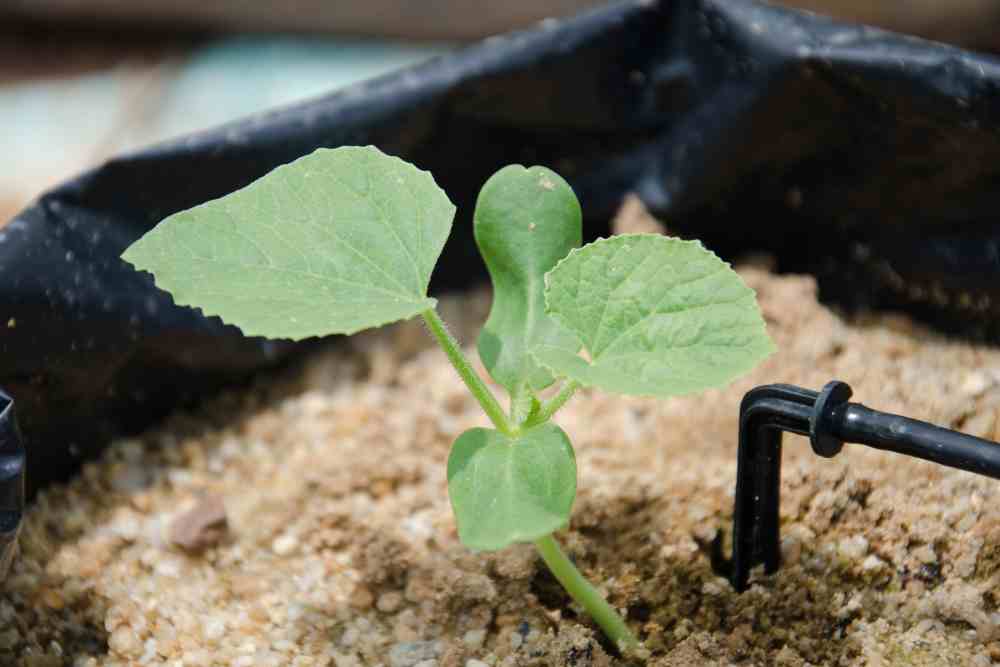
A second application of nitrogen is recommended just before or as soon as the vines start to spread out. Typically, planting takes place 30 to 60 days ago. Apply 227g of 33-0-0 fertilizer to each row of watermelons that is 50 feet (15 meters) long. Thoroughly water the fertilizer. As soon as the fruit begins to emerge, fertilize once more. In addition, you can side-dress the vines before running them with calcium nitrate at a rate of 907g per 100 feet (30 m) of row or 34-0-0 food at a rate of 454g per 100 feet (30 m) of row.
Once the plants have flowered, melon also profits from treatments of high-nitrogen fish emulsion. Once a week after flowering, add 1 tablespoon of fish emulsion to 1 gallon of water and spread it about the plants’ root zones.
When the fruit has just appeared on the vine, side dress once more; after the fruit has set, avoid using any fertilizers high in nitrogen. If too much nitrogen is present, the fruit won’t be nourished; instead, it will only produce extra leaves and vine growth. While the fruit is matured, you can apply a fertilizer that contains more phosphorus and potassium.
Most importantly, keep the watermelon plants hydrated. Their name includes the word “water” for a reason. The largest, sweetest, and juiciest fruit will be produced in an environment with enough water. However, avoid overwatering. In between waterings, let the top 1 to 2 inches (2.5–5 cm) of the plant dry out.
1. Dr. Earth Natural Wonder Fruit Fertilizer
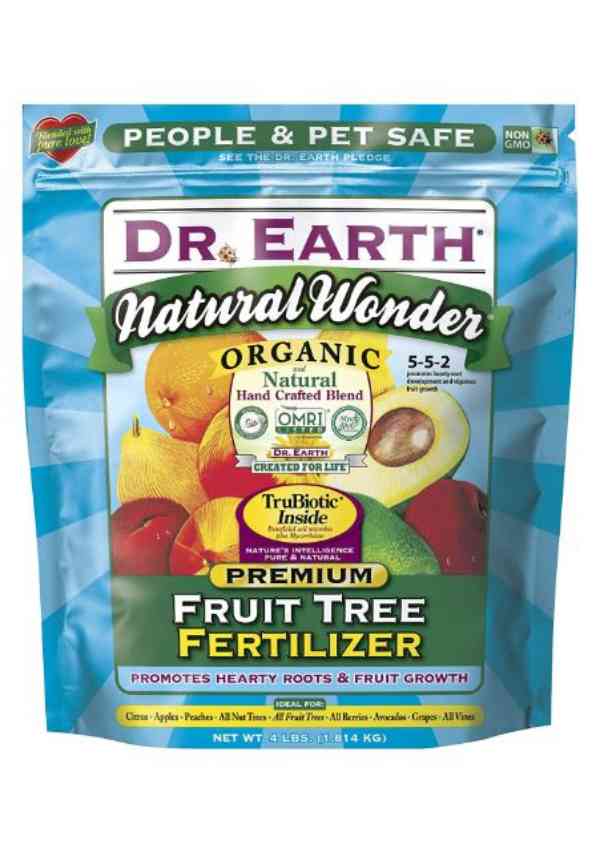
Dr. Earth Natural Wonder fertilizer is intended for fruiting vines such as watermelons and other melons, as well as fruit trees and berries. Gardeners can use it during the initial transplanting stage and at any point throughout the growing cycle because it releases nutrients quickly and feeds plants for months. Its nitrogen-to-potassium ratio of 5-2-2 gives plants a strong start, while the potassium aids in promoting fruiting.
It is specifically made to nourish the soil by supplying probiotics, which help in forming the ideal soil structure and improve water and air infiltration. In addition, the organic components combine to create a nutrient-rich product.
2. J R Peters Jacks Classic All Purpose Fertilizer
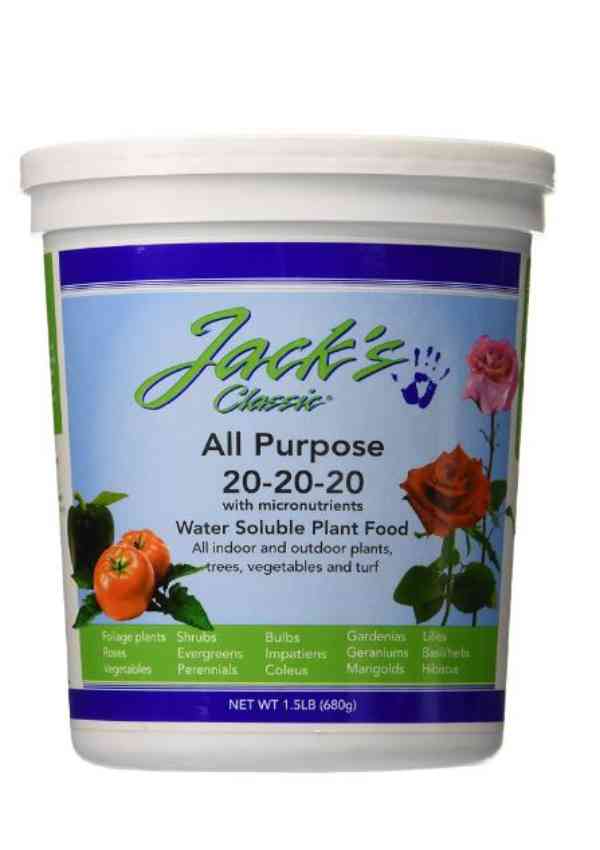
J R Peters Jacks Classic All Purpose Fertilizer is a fantastic option for nutrients that are soluble in water. It has a phosphorus, potassium, and nitrogen ratio suitable for both the developing and fully developed stages of growth. The water-soluble mixture penetrates the soil and feeds the roots, resulting in stronger and healthier fruit. Before applying the water soluble fertilizers at the base of the main stem, mix them.
3. Jobe’sJobe’s Organics Granular Fertilizer
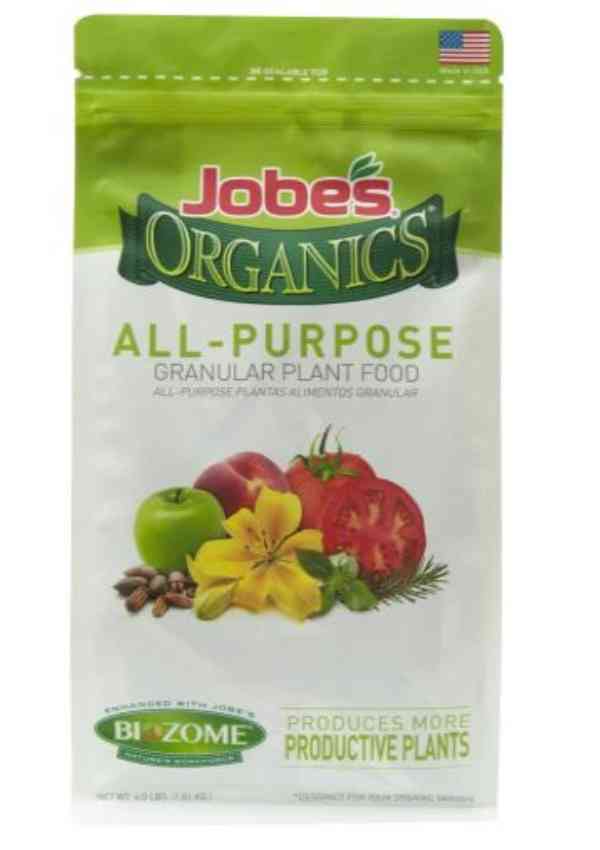
This organic fertilizer is all-purpose and provides high-quality, dependable, balanced, and healthy growth for watermelon plants at every stage of development. Granular fertilizer from Jobe’s Organics helps plants resist disease, insects, and drought while enhancing soil quality. The fertilizer elements are broken down into their constituent nutrients for quicker absorption by the archaebacteria known as biozome, which is present in the formulation.
In order to develop green foliage and promote overall plant growth, the certified organic fertilizer contains feather meal, Fish meal is a rich, natural source of nitrogen that is important in the early stages of plant life. In addition, the product comprises manure, which is rich in calcium, sulfur, phosphorus, and nitrogen, the three macronutrients.
4. Osmocote Smart-Release Plant Food Plus
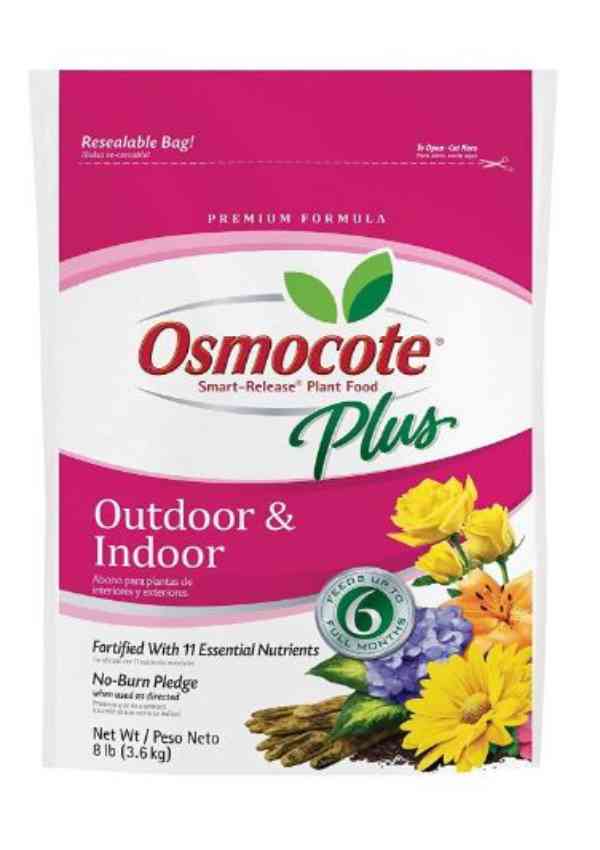
Osmocote fertilizer granules are coated so that nutrients release gradually and at the same rate as plants’ roots need them. The manufacturer advises using it just once every six months.
Its 15-9-12 ratio gives young watermelon plants the nitrogen boost they require, and it also contains a balance of other essential minerals and a number of helpful micronutrients. 4 square feet can be fed with one scoop.
5. Neptune’s Harvest Hydrolyzed Fish Fertilizer
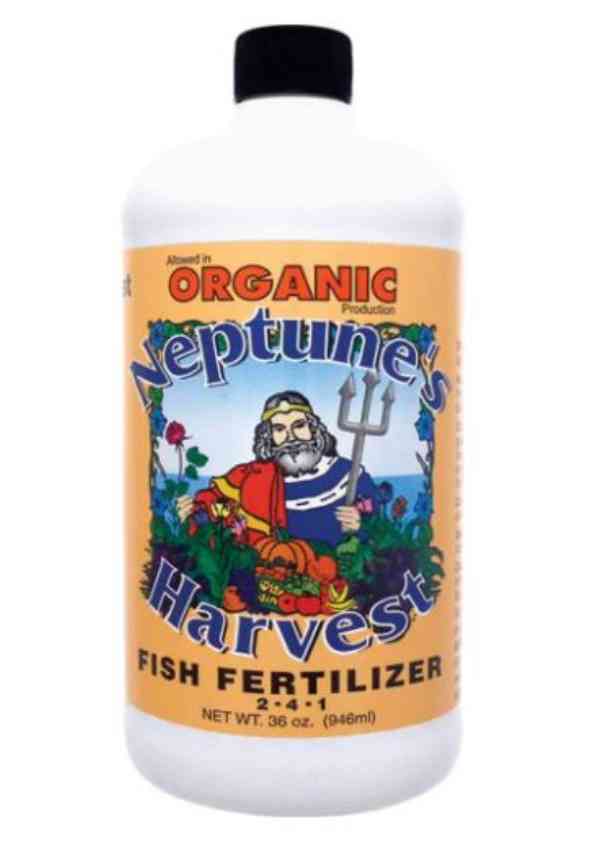
Neptune’s Harvest organic marine fertilizer, based on kelp, seaweed, and fin fish from the North Atlantic, contains a balanced blend of nutrients. The long-term advantages of fish emulsions include increased soil fertility and enhanced soil health.
Along with phosphorus and potassium, the product also offers a source of nitrogen that doesn’t burn your plants. Additionally, it contains various other minerals, including trace amounts of minerals, calcium, and magnesium, that are essential for developing robust foliage and large fruit output. The water-soluble liquid operates rapidly to give a rapid nutrient boost and is simple to dilute and apply.
6. Espoma Garden Tone 3-4-4 Plant Food
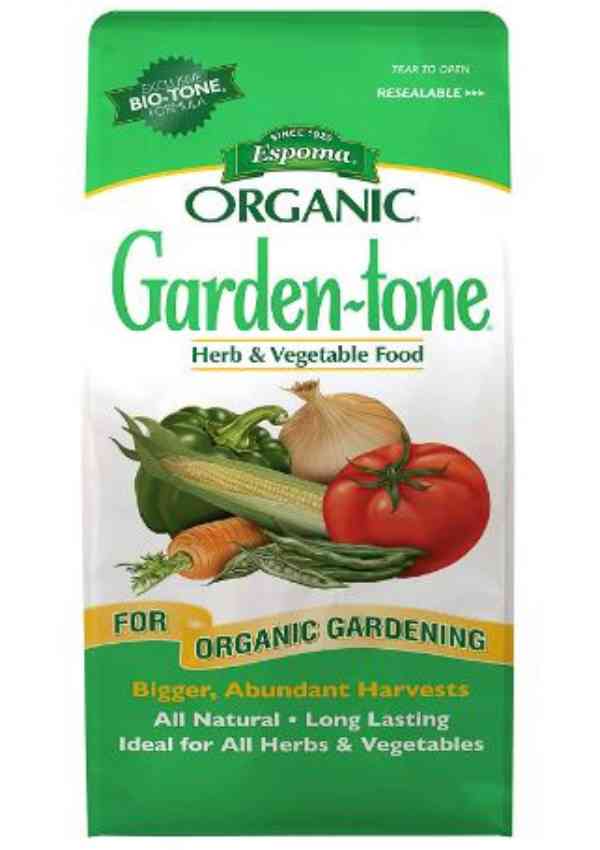
Since 1929, Espoma has maintained a strong reputation for creating organic fertilizers that break down gradually due to the work of soil microorganisms. Garden-tone, which comes in a 36-pound bag.
In addition to six other beneficial probiotics for growth and yield, this organic fertilizer for watermelons contains Bio tone, the brand’s exclusive ingredient that feeds bacteria to increase soil fertility, which is essential for plant health. In addition, the 3-4-4 ratio boosts potassium and phosphorus for healthy fruiting, while the low salt content enables optimal water and essential nutrient absorption in the soil.
- 20+ Chic Boho Bedroom Ideas for a Cozy and Stylish Retreat - June 20, 2024
- 12+ Modern Boho Living Room Ideas to Create a Unique Oasis - June 10, 2024
- 10 Stunning Canopy Bed Ideas for a Dreamy Escape - May 16, 2024

